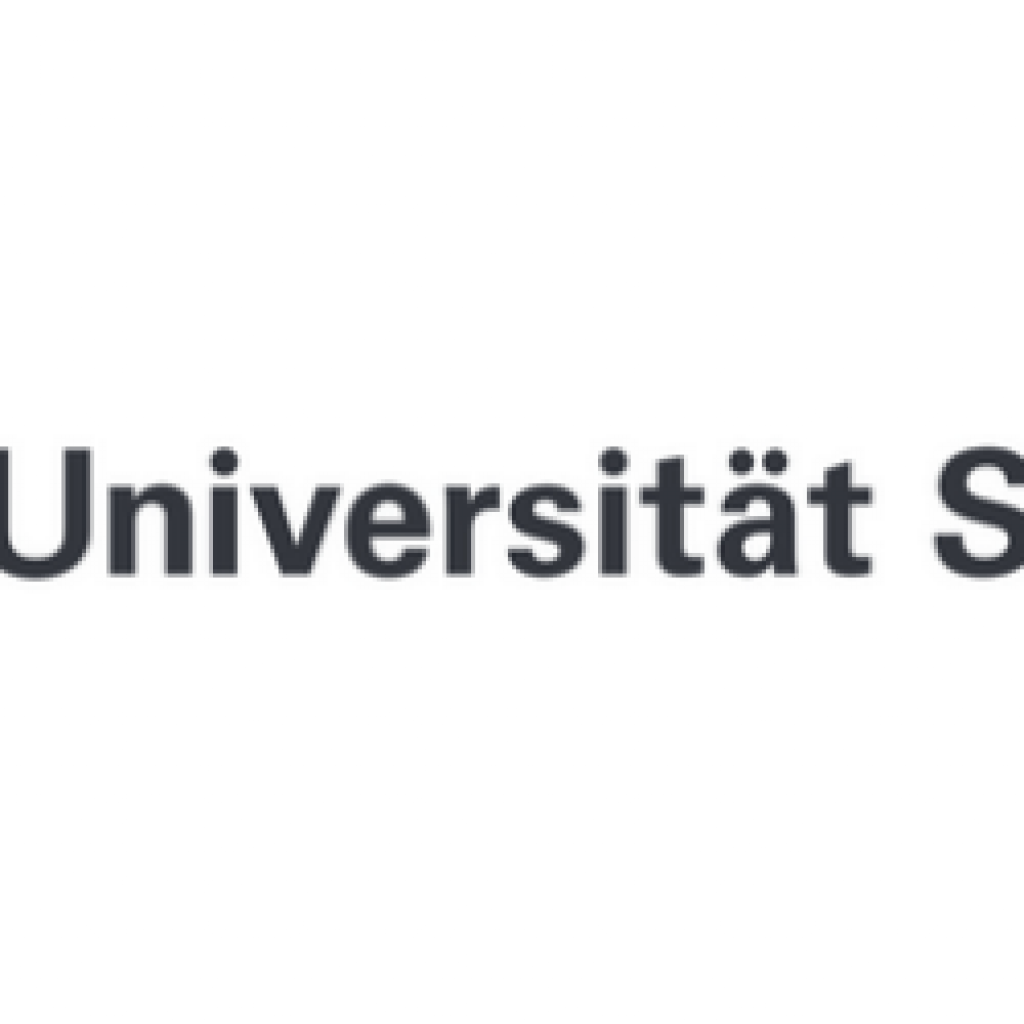(HPC.Wire) In the past three years, control and entanglement of systems based on Rydberg atoms with more than 50 qubits, as well as qubit operations with an error rate less than one percent has been demonstrated. Rydberg atoms are a thousand times bigger than normal atoms and can “sense” each other over a distance up to about five micrometers due to their weekly bound electron. „For atoms this is a gigantic distance”, explains Dr. Florian Meinert from the 5th Institute of Physics at the University of Stuttgart the special suitability of Rydberg atoms. The excitation is particularly “coherent”, that is controlled and free of disturbances. Quantum gates with Rydberg atoms are a very promising approach. “We are confident that we can improve the performance by the orders of magnitude required to set up a working Rydberg quantum computer,” Meinert assures.
In the project, researchers from experimental physics and theoretical physics as well as from industry work hand in hand. While the group around Dr. Florian Meinert provides the processor for the computer with their experimental setup that allows the guidance and control of the Rydberg atoms, the team around Prof. Hans Peter Büchler from the Institute of Theoretical Physics III at the University of Stuttgart develops the program that executes the computational steps of the quantum algorithms. The goal is to install a web interface at the end of the project that allows computation of a first set of problems. Another challenge is to optimize the computing processes and minimize error rates. Moreover, another necessary step to be developed is the benchmarking of the quantum computer result with highly challenging simulations performed on classical supercomputers.
“The potential of quantum computers for science and industry in Germany is high”, says Prof. Tilman Pfau, head of the 5th Institute of Physics at the University of Stuttgart and coordinator of the collaborative project „QRydDemo”. “
Quantum Computer Based on Rydberg Atoms on the Way to Prototype
